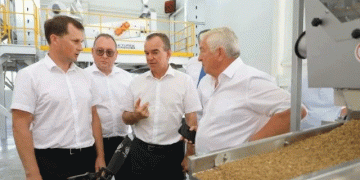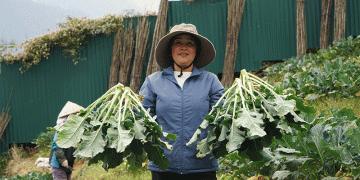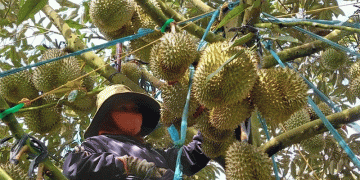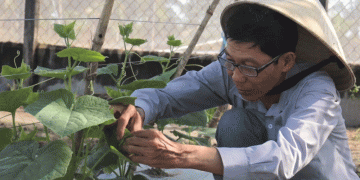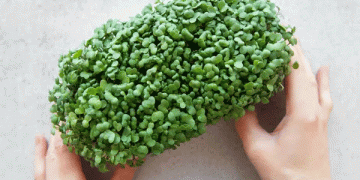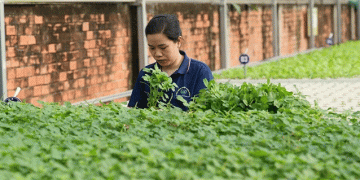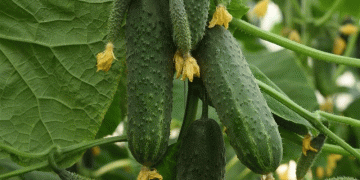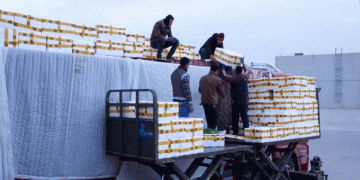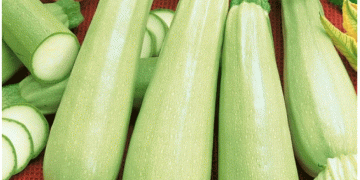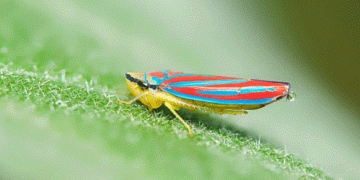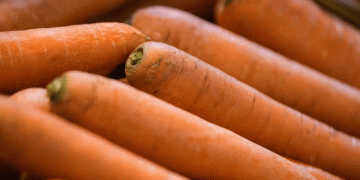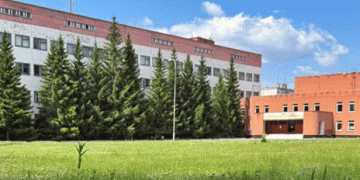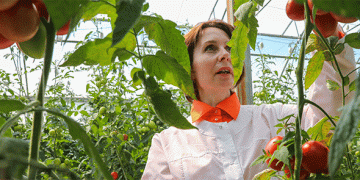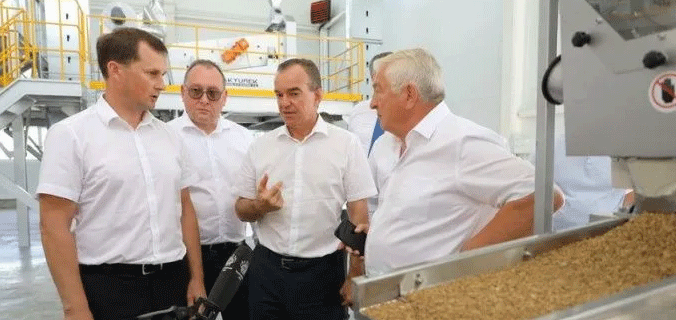The Russian sugar industry is a study in contrasts. It is a global export leader, with production forecasts for 2025 predicted to reach a staggering 48-50 million tons, a 6-10% increase from 2024. Yet, this immense agricultural success story is built on a critical vulnerability: a deep and persistent dependence on imported sugar beet seeds. As recently as two years ago, an estimated 98% of the planted area relied on foreign-bred hybrids. This import dependency poses a significant risk to the long-term stability and sovereignty of the entire sector.
Krasnodar Krai (Kuban), Russia’s leading agricultural region responsible for roughly 25% of the national sugar beet harvest, is at the forefront of solving this problem. The region’s strategy is twofold: accelerating the development of competitive domestic hybrids and building the necessary infrastructure to process and scale them.
The Domestic Hybrid Challenge: Breeding for Resilience
The core of the import substitution effort lies in domestic breeding programs. Institutions like the Federal State Budget Scientific Institution “Pervomayskaya Breeding and Experimental Sugar Beet Station” have been diligently working even when demand was low. Their focus has been on developing hybrids suited specifically to Russian conditions, particularly heat tolerance—a key advantage over some imported varieties that “burn in the sun,” as noted by Sergey Shatokhin, Director of “Uspenskiy Sakharnik.”
Recent years have seen progress. Several new domestic hybrids have been registered, boasting yields of 70+ tons per hectare and sugar content of 16-18% even without irrigation. More advanced hybrids, like the BS 05, 06, and 07 series developed through public-private partnerships, are undergoing trials. The ambitious plan is for domestic seeds to cover 50% of Kuban’s needs in the near future, a massive leap from the current national average of 8-10%.
Building the Infrastructure: The Uspenskiy Seed Plant
Developing the seeds is only half the battle. A major bottleneck has been the lack of specialized processing facilities. Russia has only three seed processing plants, and only one in Kuban is not specialized for sugar beet. To close this gap, a landmark project was announced in August 2025: a new 5.2-billion-ruble facility by “Uspenskiy Sakharnik” to produce pelleted (draged) sugar beet seeds and betaine.
This plant is a game-changer. With a planned annual output of 550,000 seed units by 2030, it is designed to fully meet the region’s demand for high-quality, import-substituting seeds. The co-production of betaine, a valuable antioxidant derived from molasses used in pharmaceuticals and animal feed, adds economic viability and aims to cover 30% of domestic betaine consumption.
The path to sugar beet seed sovereignty is long, capital-intensive, and fraught with agronomic challenges. While imported seeds currently offer yield advantages that make them the default choice for many large-scale farms, the strategic imperative is clear. Kuban’s coordinated effort—combining advanced breeding for resilient hybrids with significant investment in critical processing infrastructure—represents the most comprehensive national response to this vulnerability. Success is not guaranteed, but the commitment from breeders, private industry, and the state signals a decisive shift. For agronomists and farm owners, the emergence of competitive domestic varieties could soon provide a more resilient and strategically secure choice for their fields, ultimately future-proofing Russia’s sugar industry.
